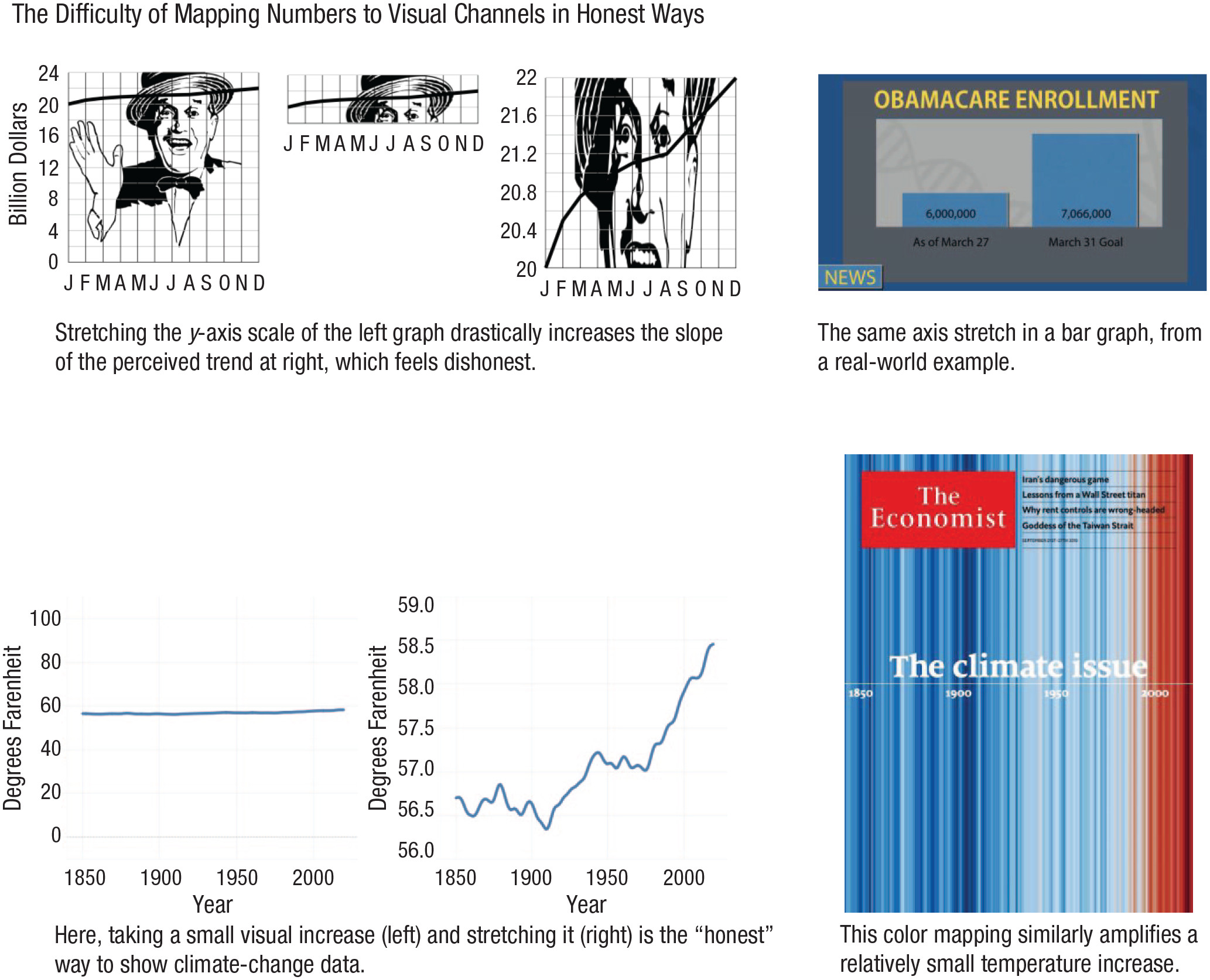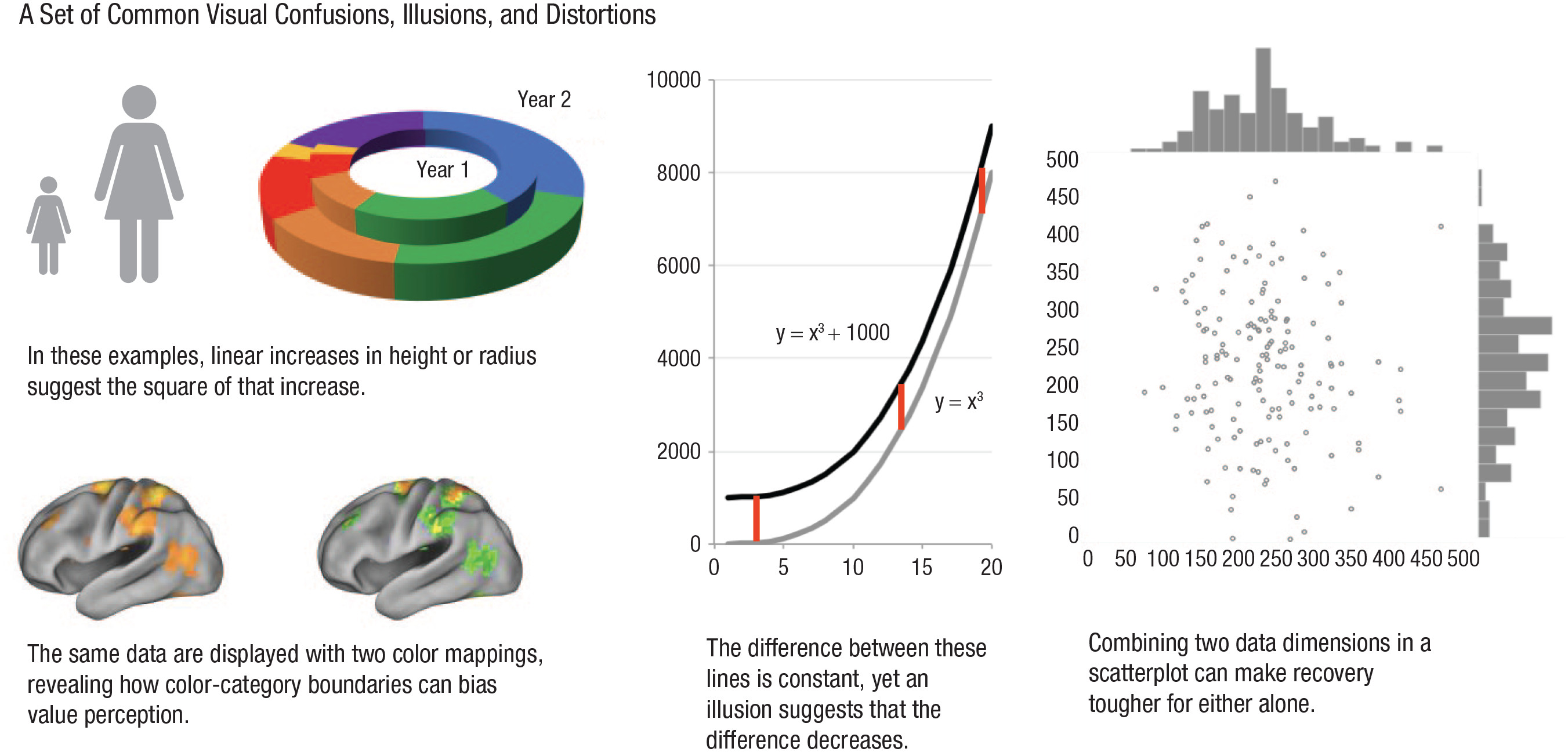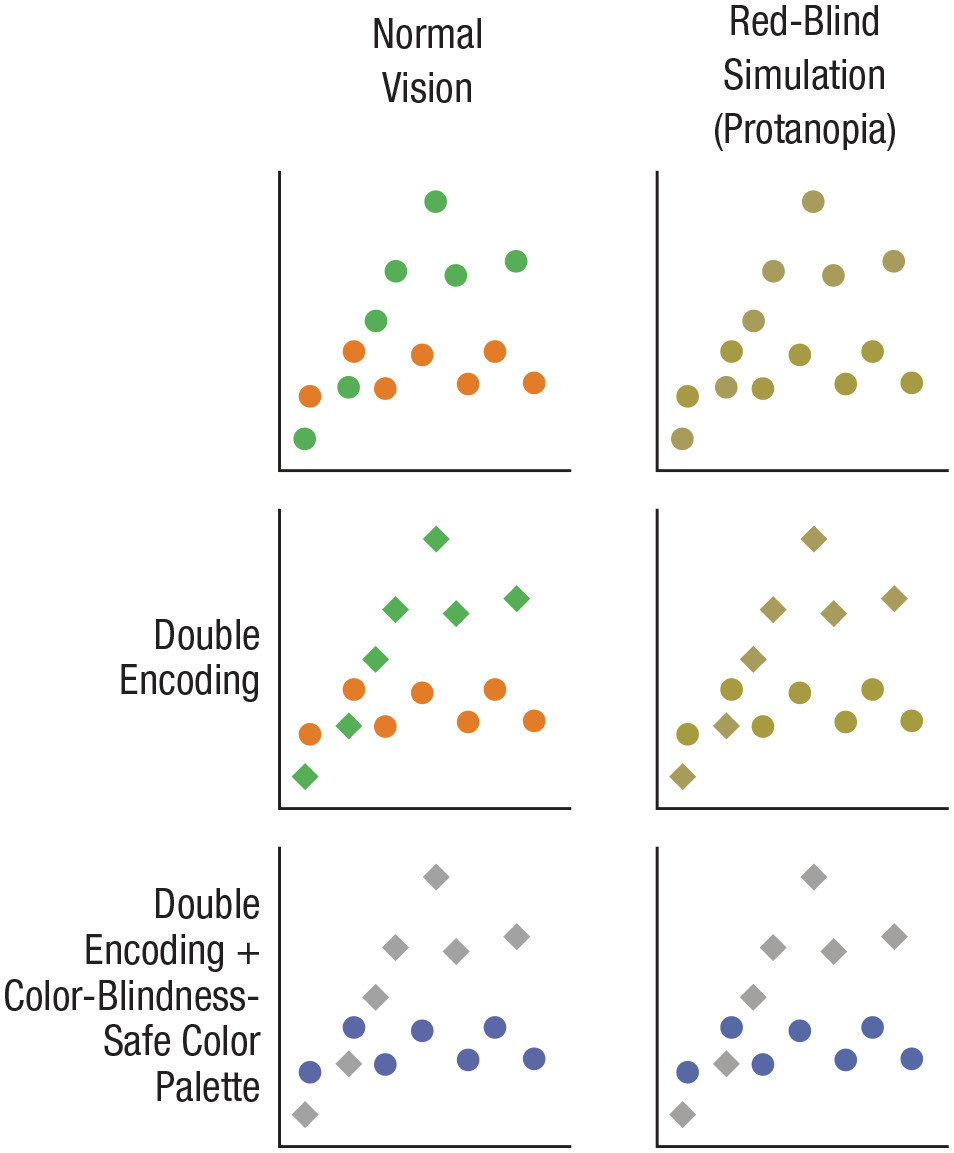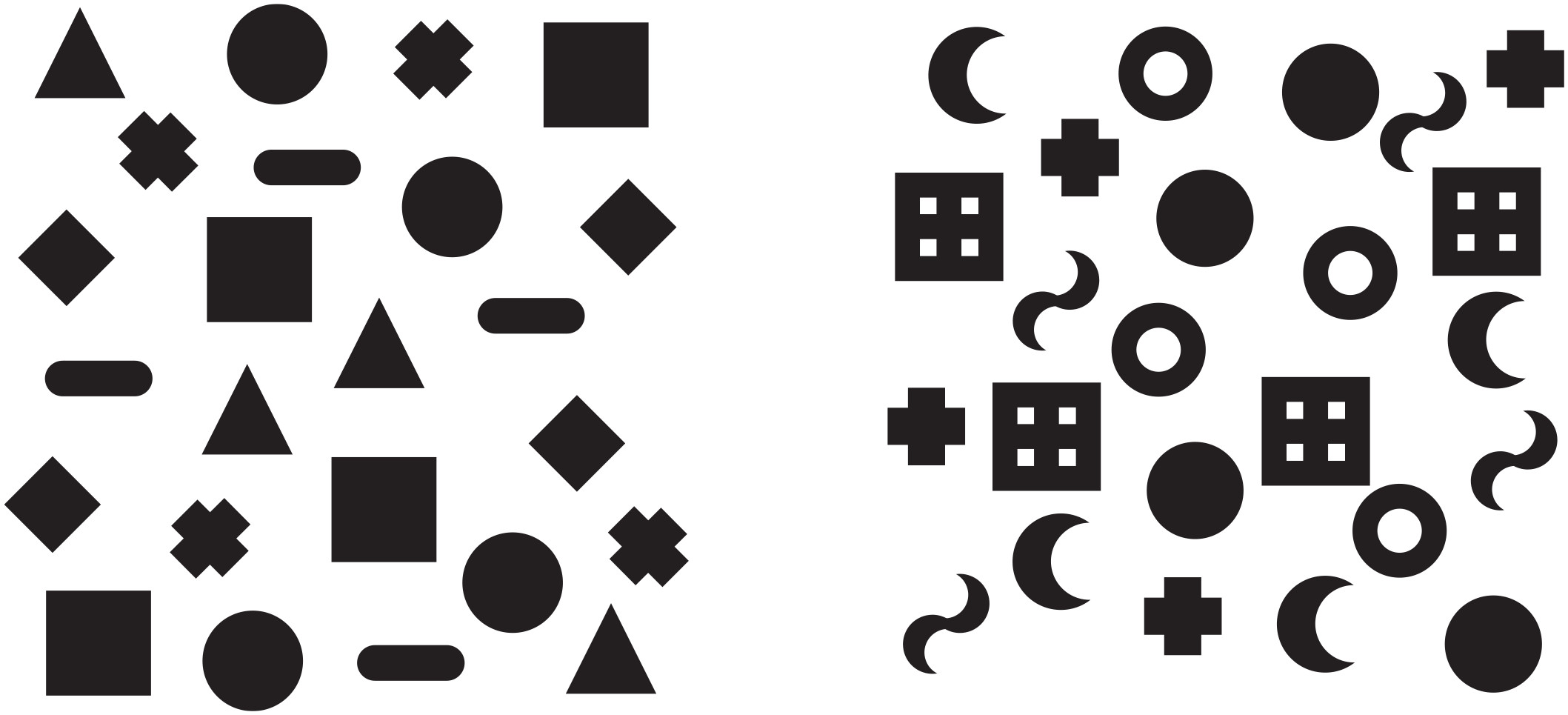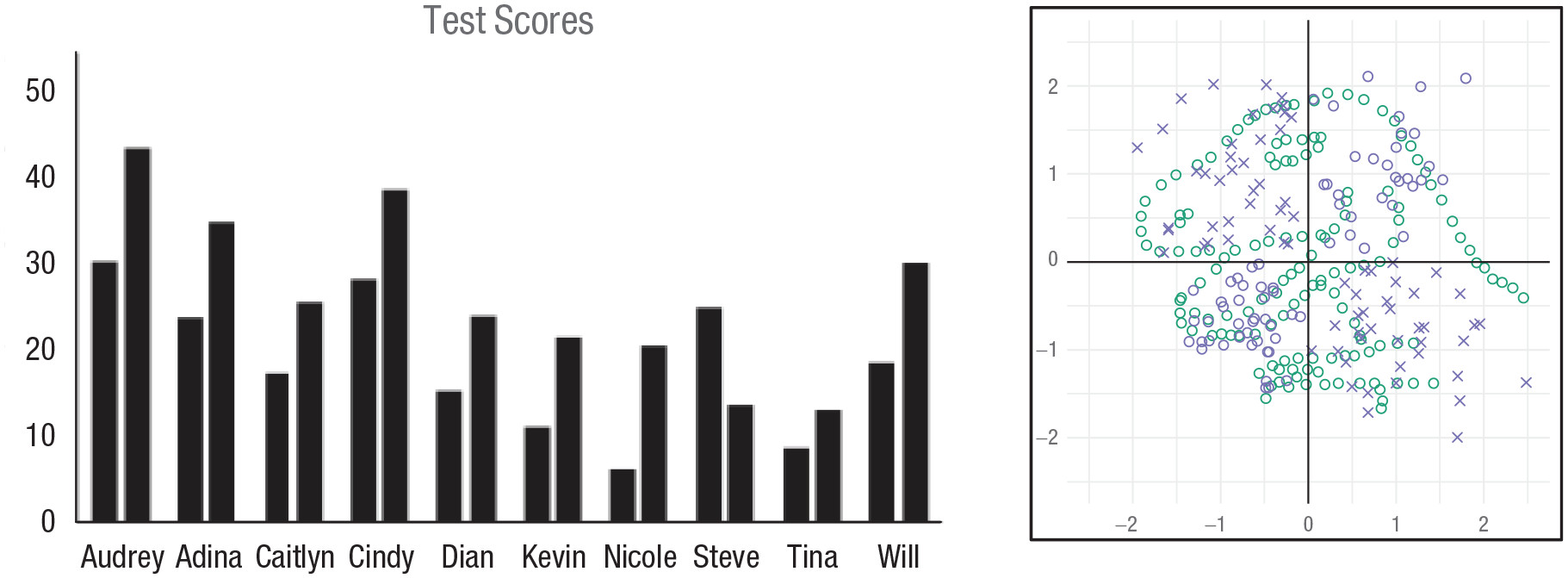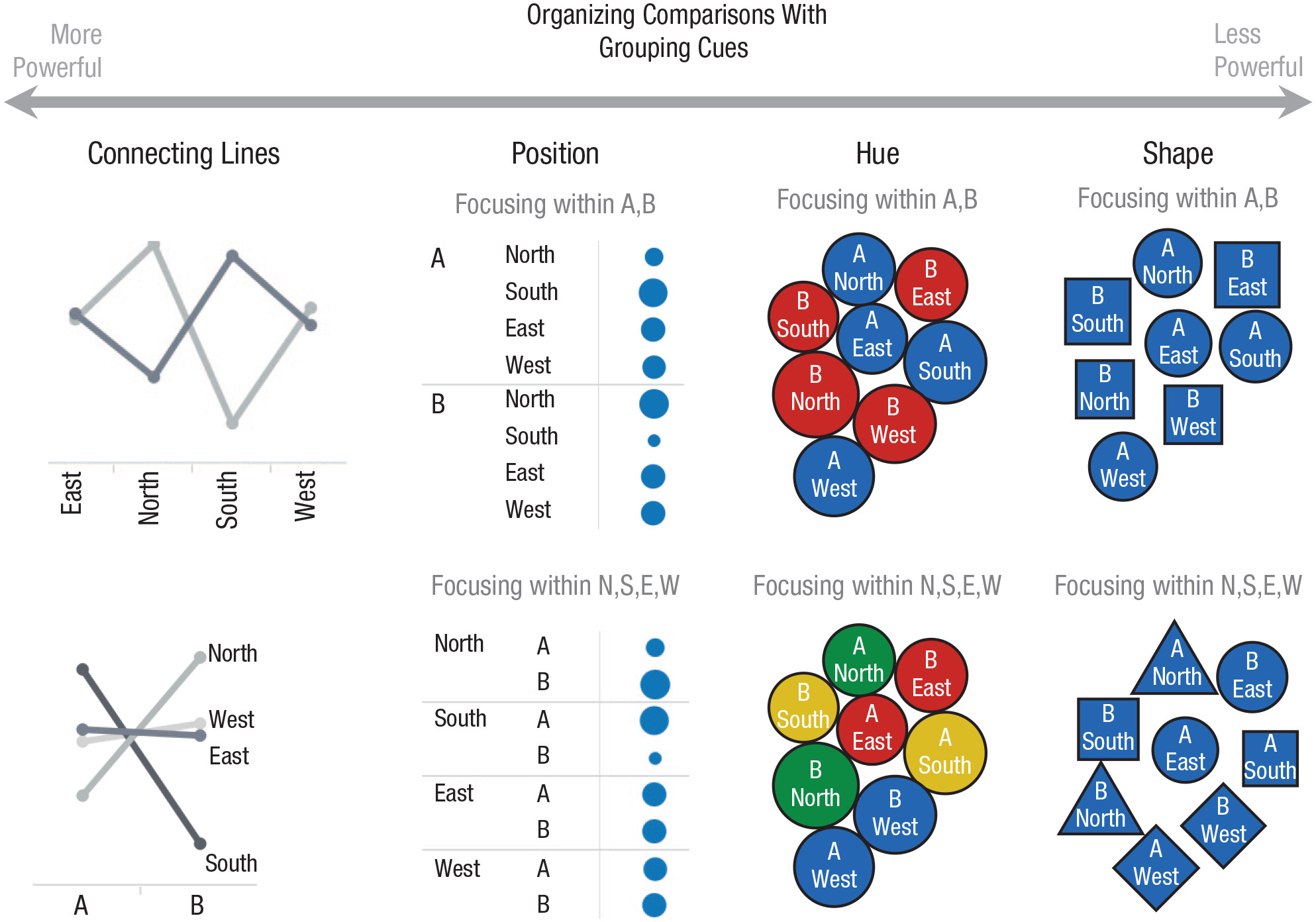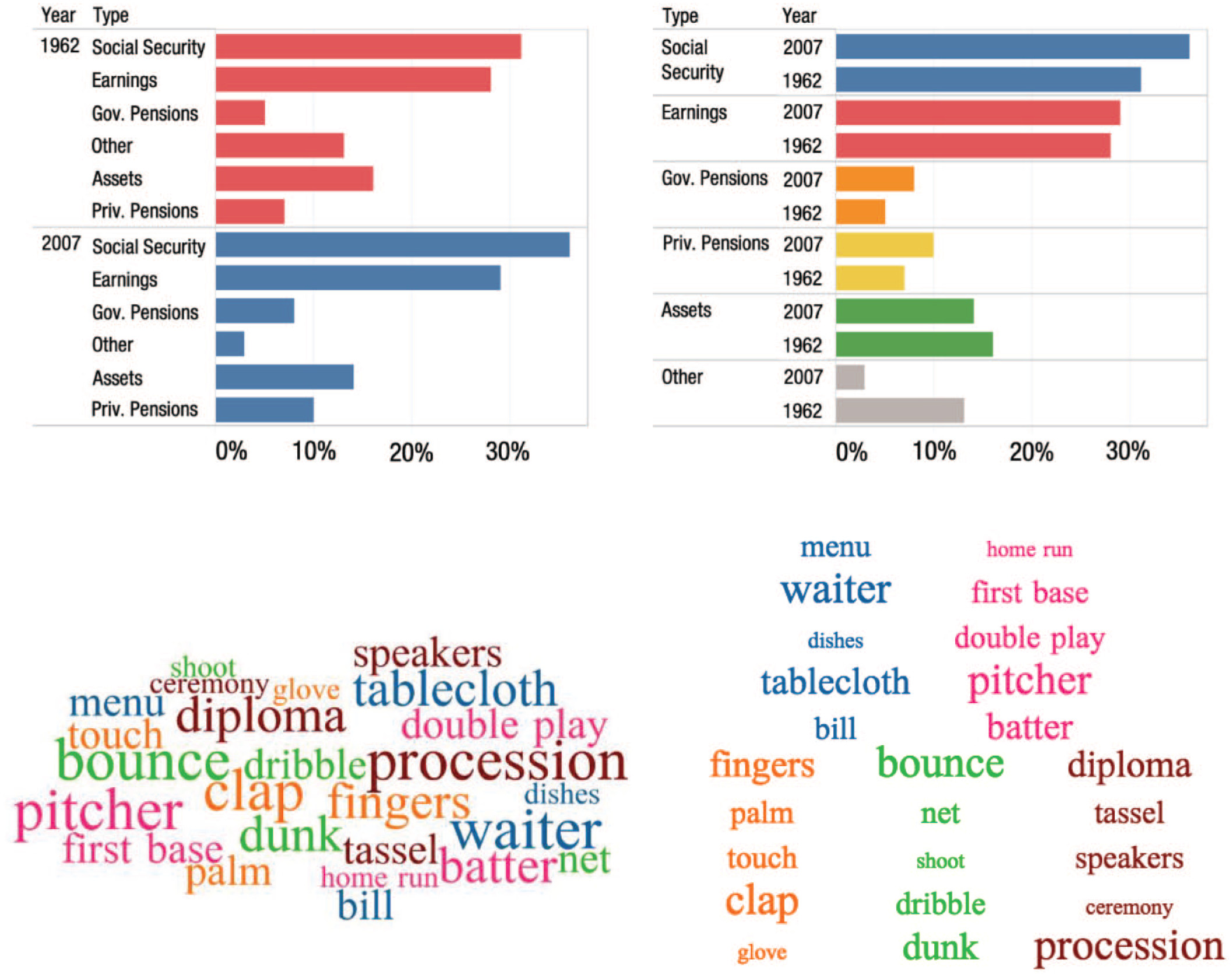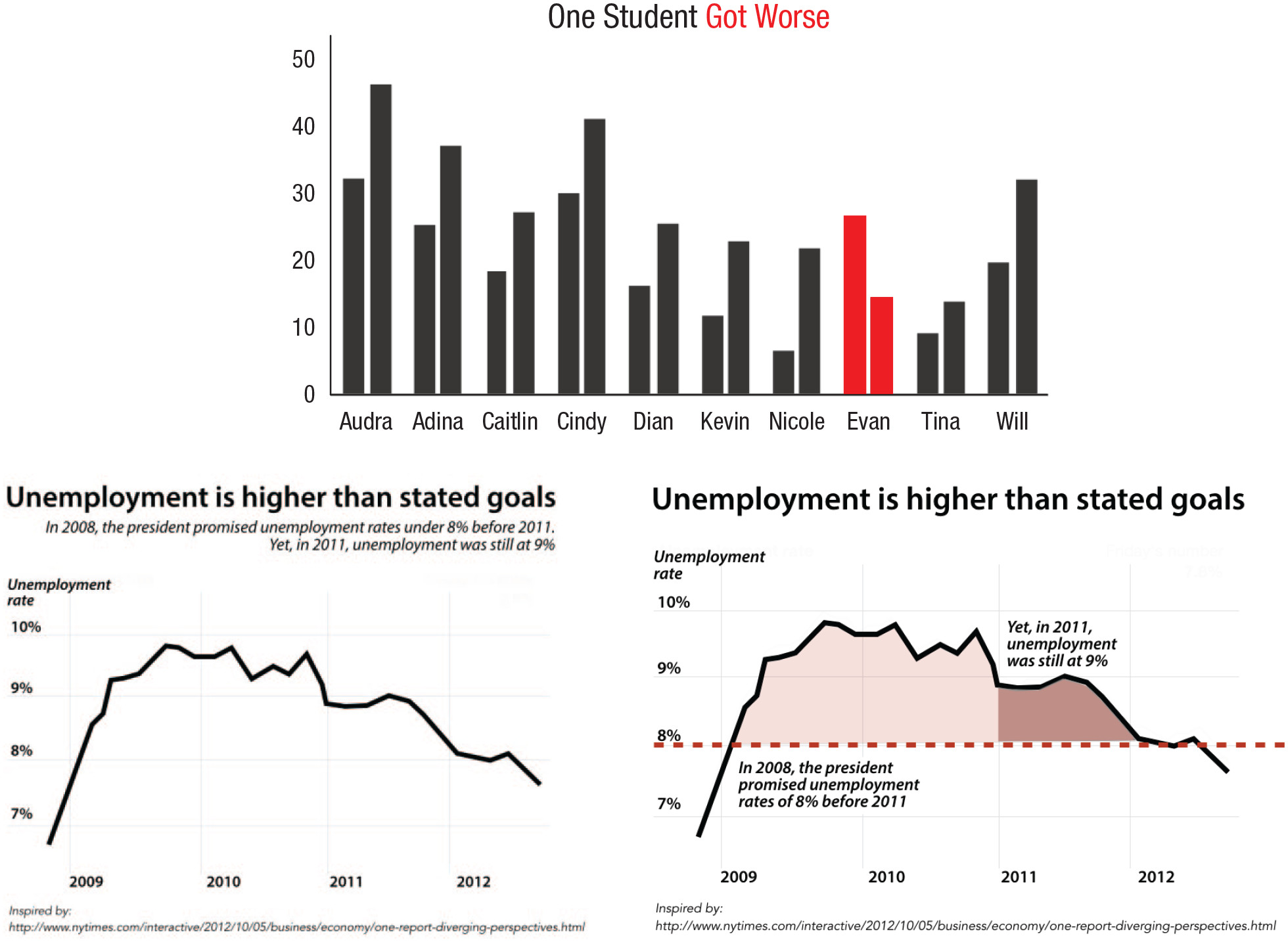Designing efficient & understandable visualizations
2025-02-20
Rick Gilmore
Prelude
Galileo’s head was on the block. His crime was looking up for truth…
IndigoGirlsVEVO (2009)
Overview
Announcements
- Assigned: Final Project proposal
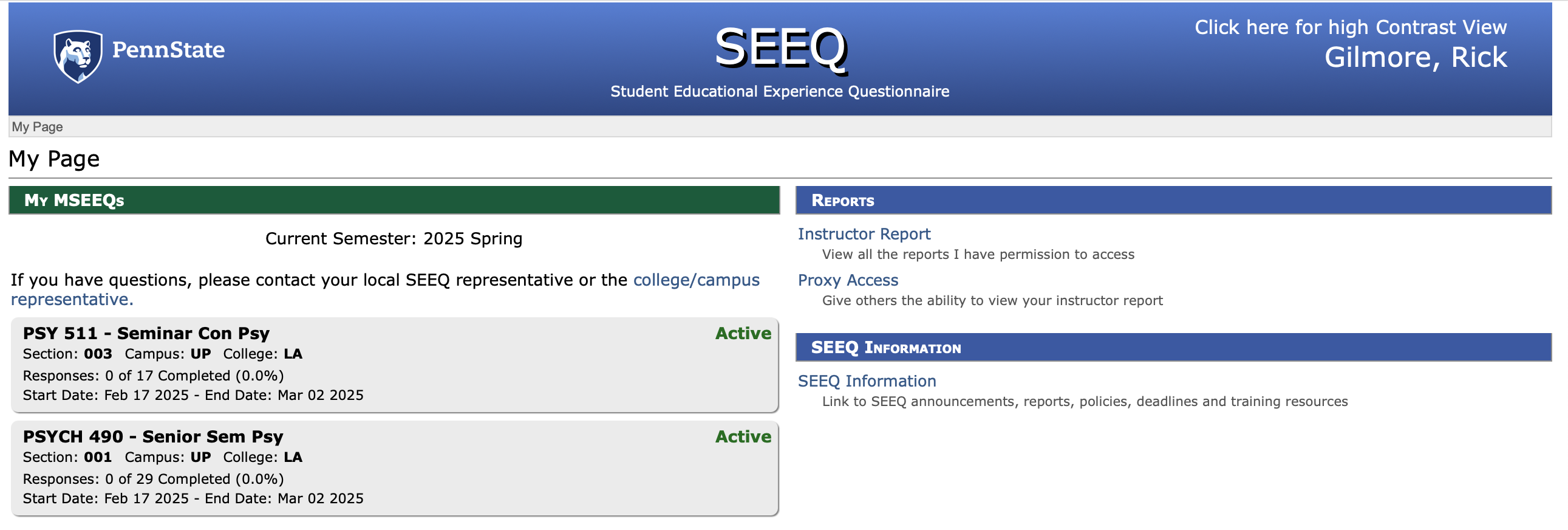
In the news…
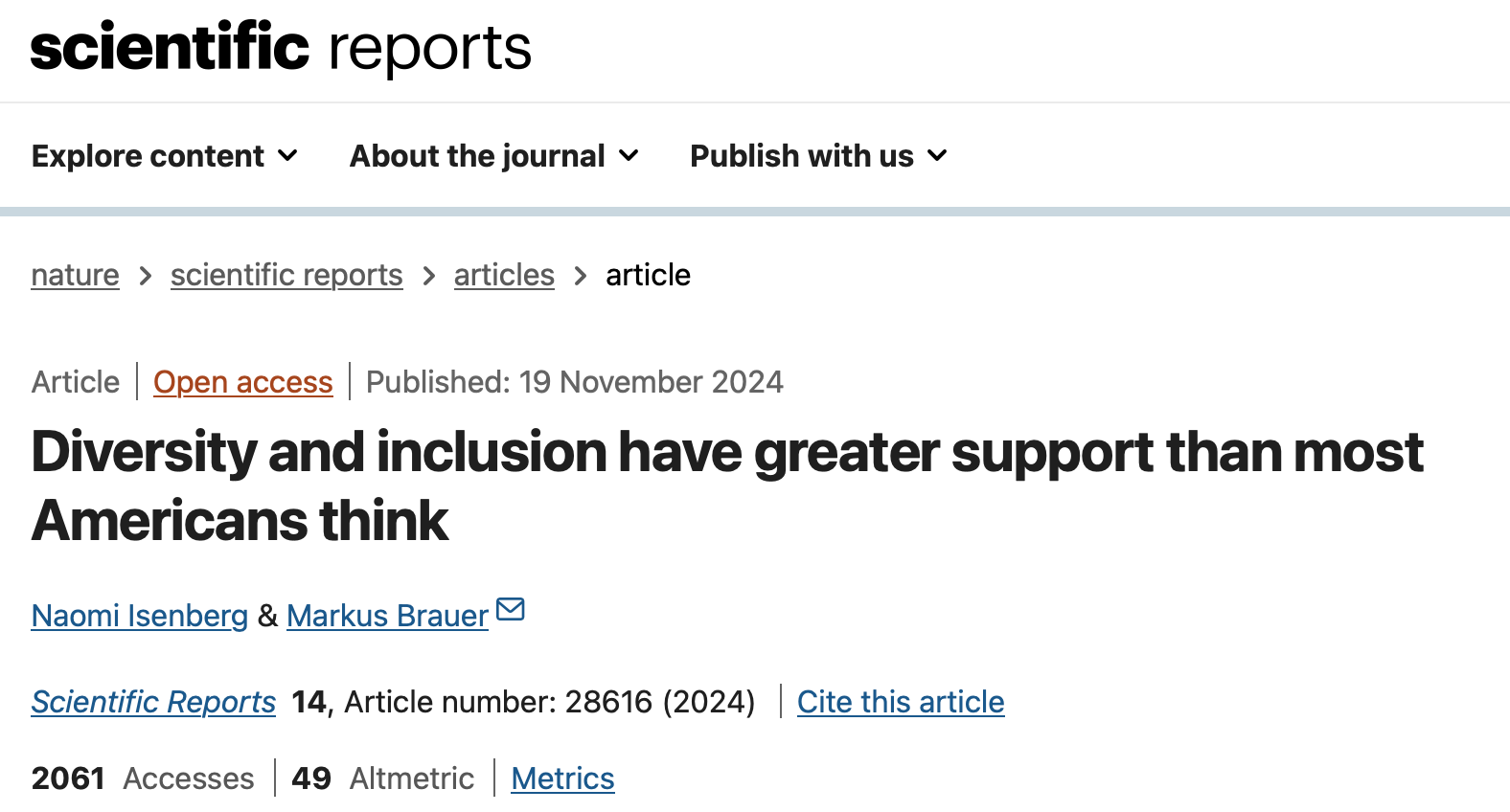
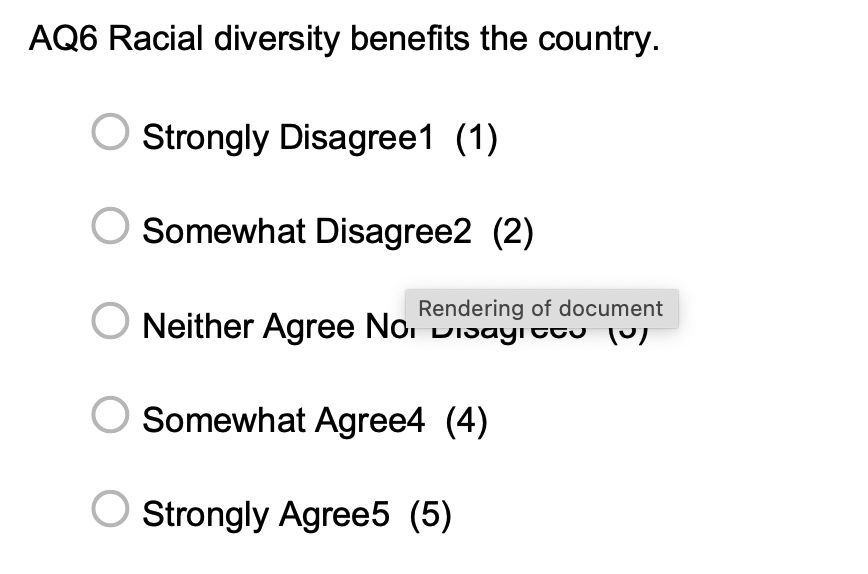
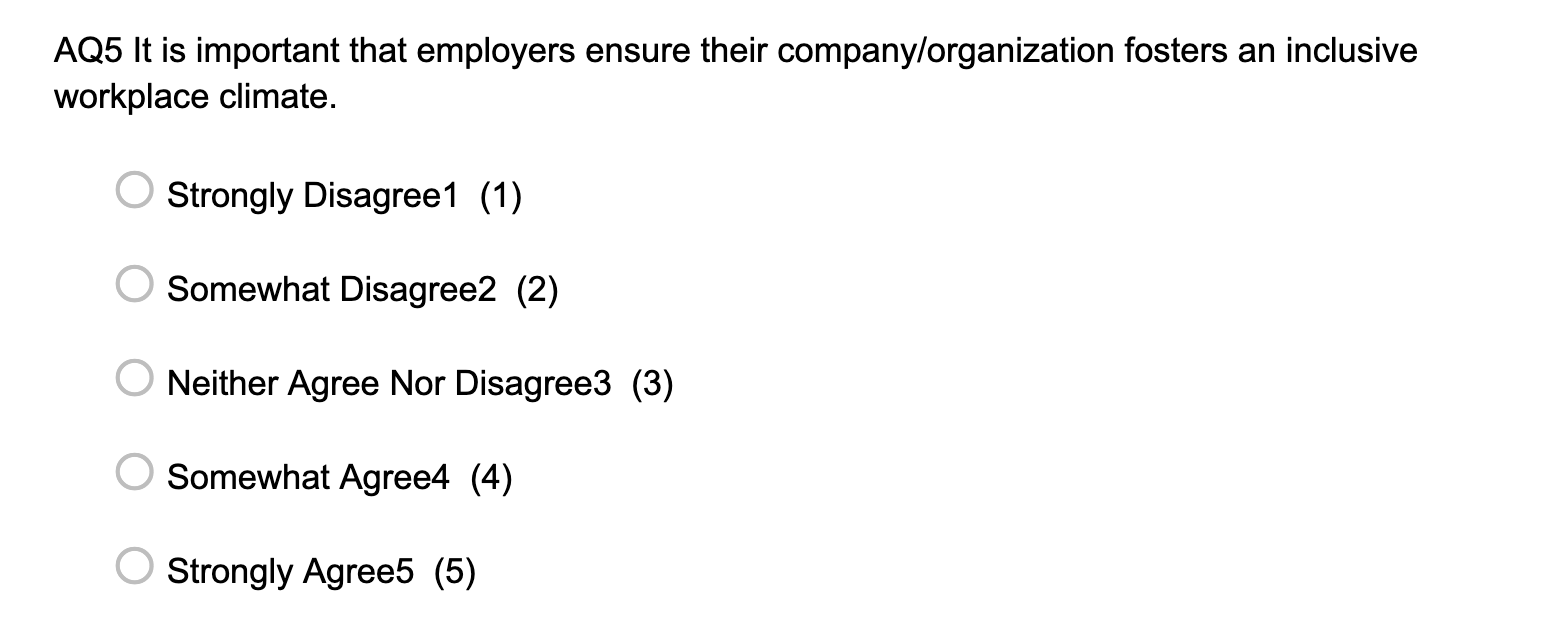
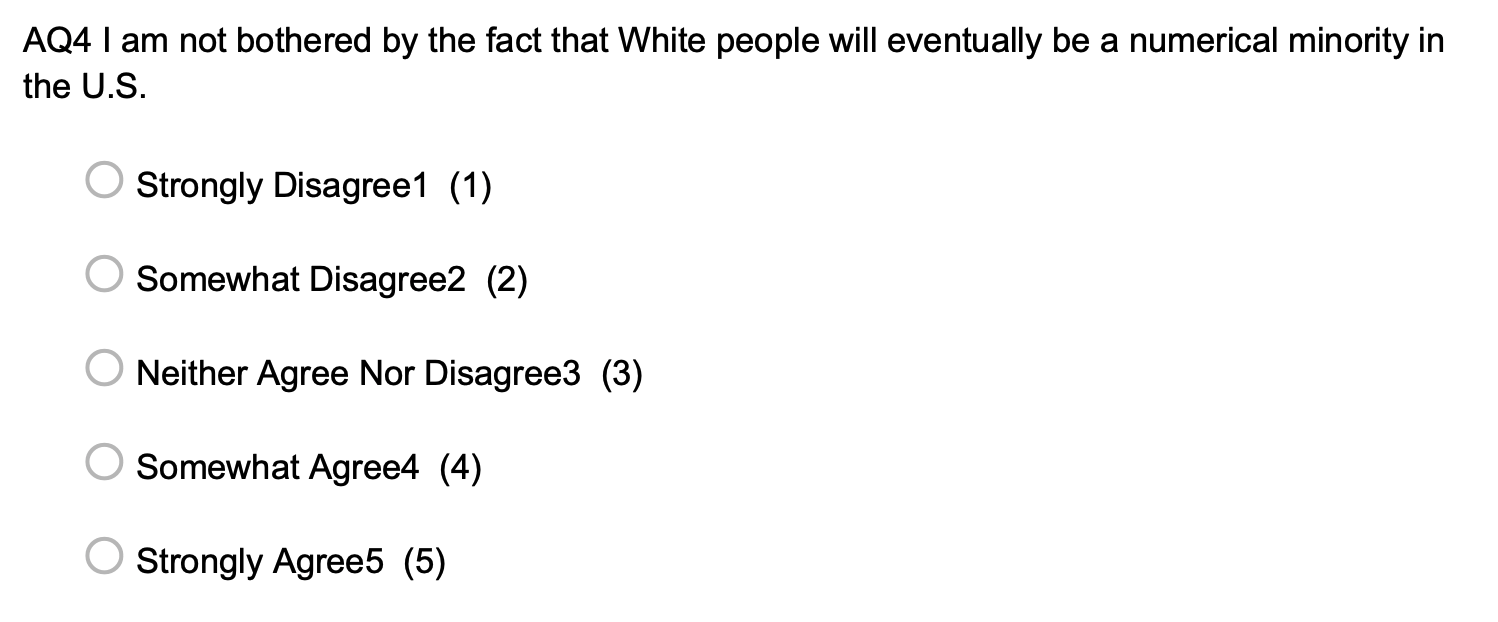
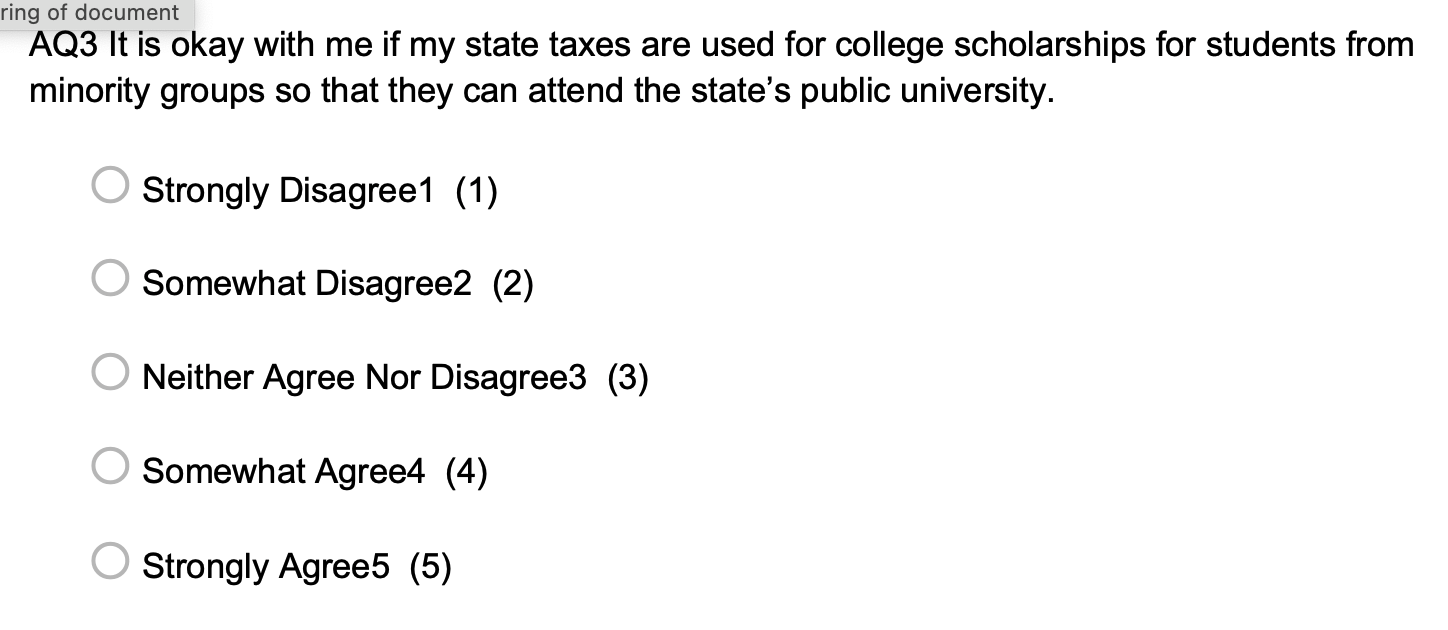
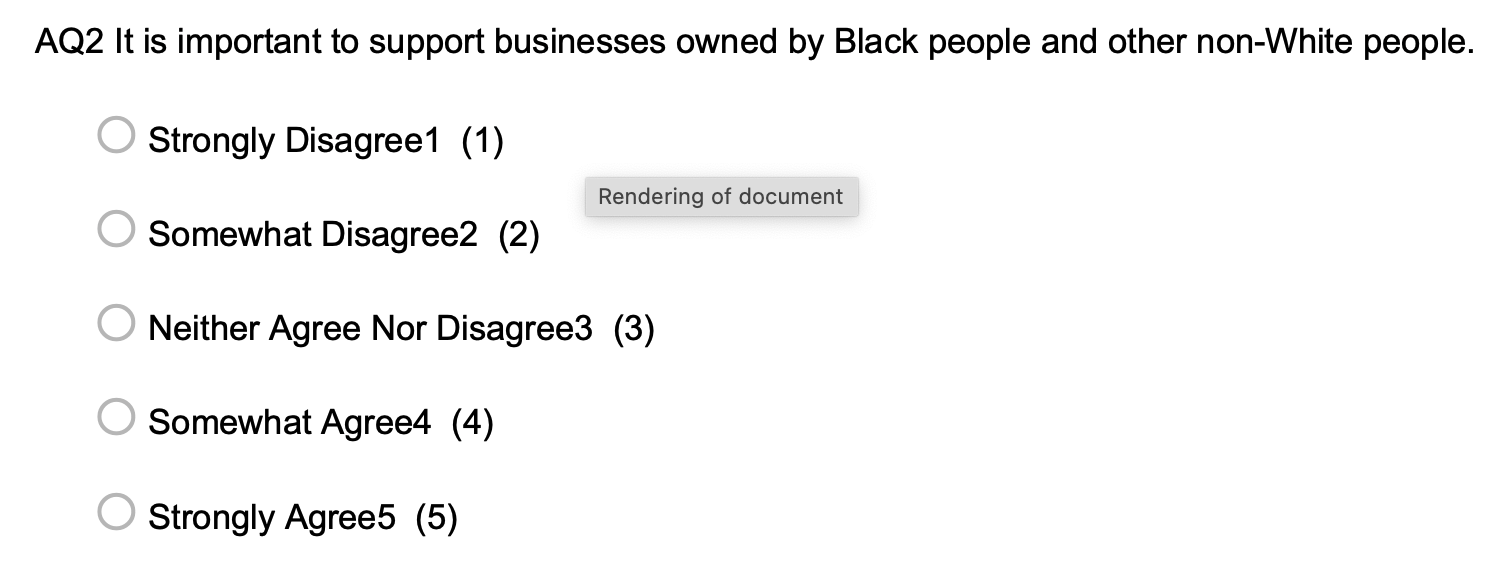
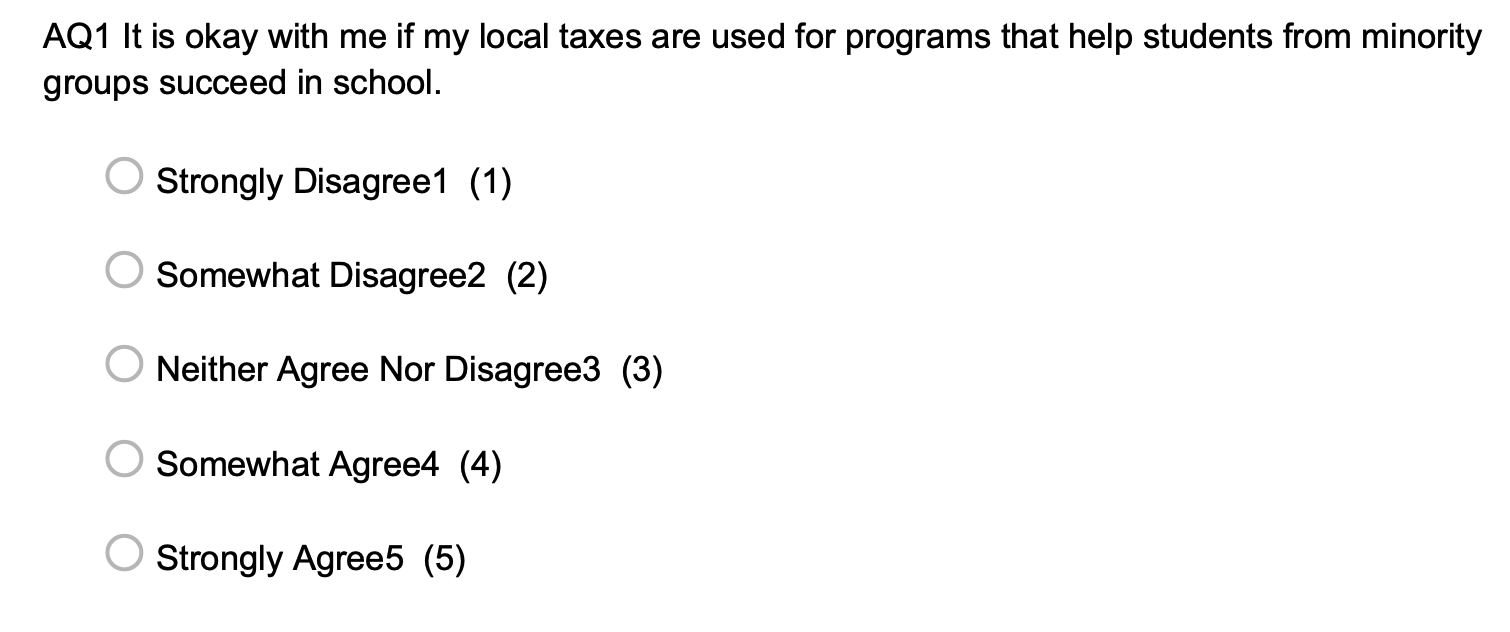


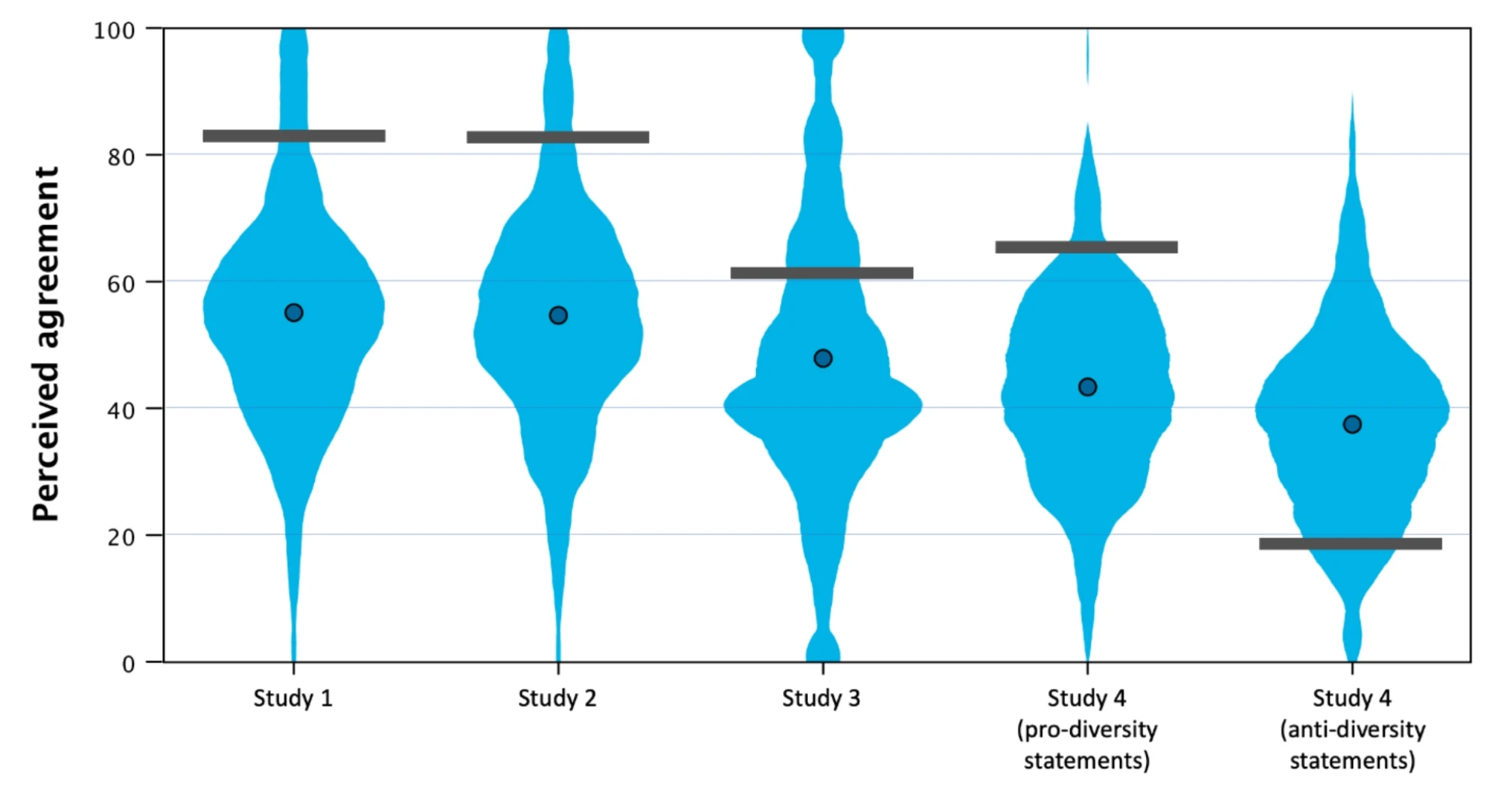
Figure 1 from Isenberg & Brauer (2024)
In a series of large-scale studies (N=5,448) we show that Americans across many different demographic categories vastly underestimate their fellow Americans’ support for diversity and inclusion…
Isenberg & Brauer (2024)
Possible final project topic
- Many more findings & nuances than discussed here
- Data are shared, see Isenberg & Brauer (2023)
Last time…
Top-down processing
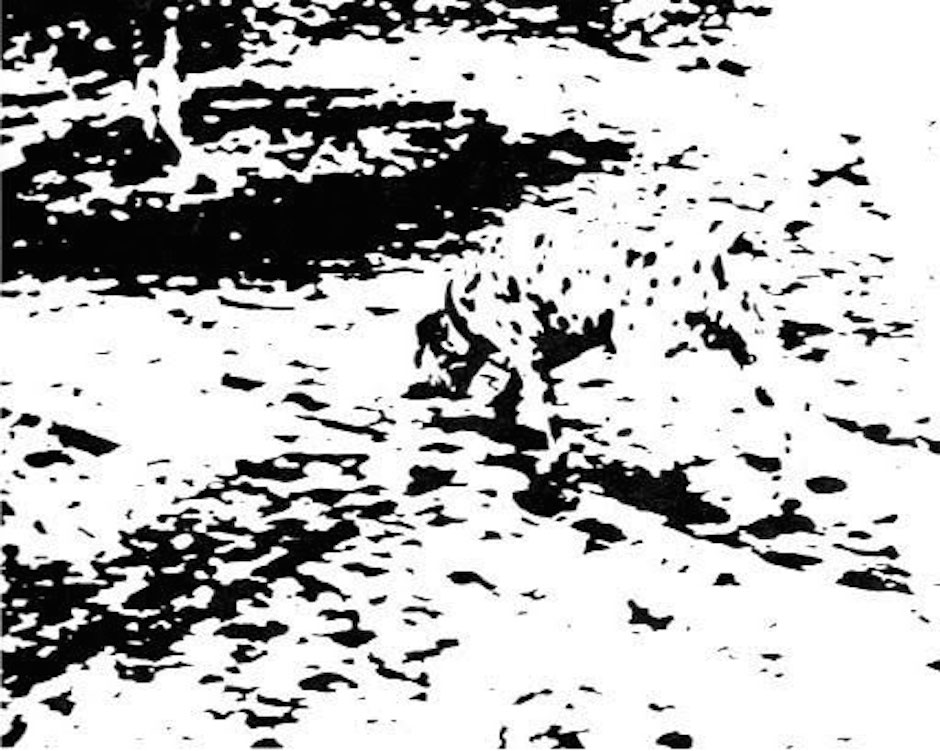
Today
- Designing efficient & understandable visualizations
- Final project check-ins

Figure 2 from Franconeri, Padilla, Shah, Zacks, & Hullman (2021)
Final project check-ins
Next time
Communicating uncertainty and risk
Resources
References
Did aristotle say "the more you know...". (n.d.). Retrieved February 19, 2025, from https://philosophy.stackexchange.com/questions/46282/did-aristotle-say-the-more-you-know
Franconeri, S. L., Padilla, L. M., Shah, P., Zacks, J. M., & Hullman, J. (2021). The science of visual data communication: What works. Psychological Science in the Public Interest: A Journal of the American Psychological Society, 22(3), 110–161. https://doi.org/10.1177/15291006211051956
Hirschman, D. (2010, September 4). Adventures in fact-checking: Einstein quote edition. Retrieved February 19, 2025, from https://asociologist.com/2010/09/04/adventures-in-fact-checking-einstein-quote-edition/
IndigoGirlsVEVO. (2009). Indigo girls - galileo (official video). Youtube. Retrieved from https://www.youtube.com/watch?v=dI1keSSwdcI
Isenberg, N., & Brauer, M. (2023). Pluralistic ignorance about DEI. Retrieved from https://osf.io/ncd29/?view_only=fa3b86146da6440c85a2ca1f39dac247
Isenberg, N., & Brauer, M. (2024). Diversity and inclusion have greater support than most americans think. Scientific Reports, 14, 28616. https://doi.org/10.1038/s41598-024-76761-8
